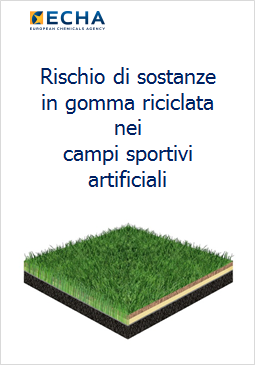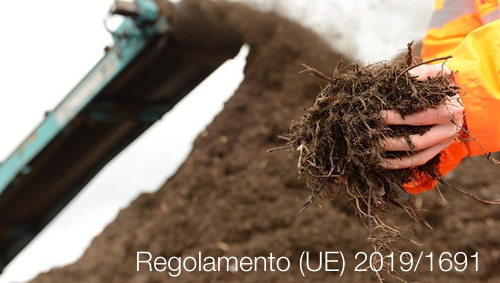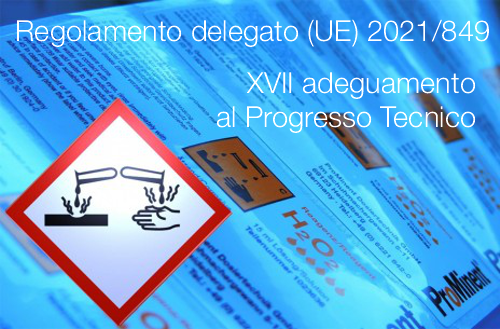Informazione tecnica HSE / 25 ° anno
/ Documenti disponibili:
45.263
/ Documenti scaricati: 33.738.691
/ Documenti scaricati: 33.738.691

ECHA has evaluated the risk of substances in recycled rubber that is used on artificial sports pitches. Based on the evidence, ECHA has concluded that the concern for players on these pitches, including children, and for workers who install and maintain them is very low. ECHA will update its evaluation as and when new information becomes available.
Helsinki, 28 February 2017 – In June 2016, the European Commission asked ECHA to evaluate the risk to the general population, including children, professional players and workers installing or maintaining the pitches.
A number of hazardous substances are present in recycled rubber granules, including polycyclic aromatic hydrocarbons (PAHs), metals, phthalates, volatile organic hydrocarbons (VOCs) and semi-volatile organic hydrocarbons (SVOCs). Exposure to these substances through skin contact, ingestion and inhalation was considered.
Based on the information available, ECHA concludes that there is, at most, a very low level of concern from exposure to recycled rubber granules:
In the studies that ECHA evaluated, which are listed in the report, the concentrations of PAHs in recycled rubber granules were well below the limits set for carcinogenic, mutagenic and reprotoxic (CMR) substances for consumers in REACH.
ECHA has also highlighted several uncertainties in its evaluation. Therefore, ECHA suggests the following action to be taken:
In addition, ECHA recommends that players using the synthetic pitches should take basic hygiene measures after playing on artificial turf containing recycled rubber granules.
ECHA’s evaluation has been sent to the European Commission. The findings are preliminary and will be updated when new information becomes available.
ECHA/PR/17/04

Regolamento (UE) 2019/1691 della Commissione del 9 ottobre 2019 recante modifica dell’allegato V del regolamento (CE) n. 1907/2006 del Parlamento europeo e del Consiglio con...

Regolamento delegato (UE) 2021/849 della Commissione dell’11 marzo 2021 recante modifica, ai fini dell’adeguamento al progresso tecnico e scientifico, ...

Che approva l'unito il regolamento speciale per i laboratori municipali di vigilanza igienica e sanitaria.
(GU n.209 del 05.09.1890)
_____...
Testata editoriale iscritta al n. 22/2024 del registro periodici della cancelleria del Tribunale di Perugia in data 19.11.2024